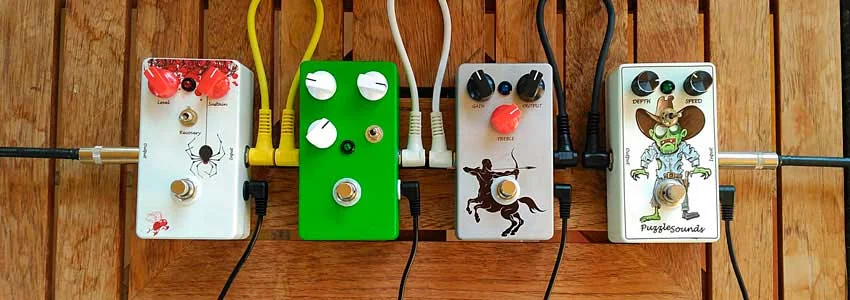Do you have a lot of effect pedals but are not sure what the right order to chain them is? If that’s the case, don’t worry! Many of us guitar players suffer from GAS at some point, and end with a lot of effects in our pedalboard without knowing which is the best effect pedal chain order to get the best tone out of them. In this post, we’ll try to give you some tips on how to organize your pedalboard.
The first rule: there’s no rules! The best thing is to try different settings and compare the tone you get from them, in order to find the combination that suits you the most. Nevertheless, there’s some basic considerations you should respect to get the best tone from your effect pedals and avoid any tone loss.
First of all, you need to be aware of the big effect pedal groups:
- Filter effect pedals, like wah, autowah and envelope filters.
- Gain effect pedals, Like distortions, fuzzes and overdrives.
- Modulation effect pedals, like chorus, phasers, flangers and boosters.
- Time related effect pedals, like delays and reverbs.
In general, when chaining effect pedals you should follow this order:

Following this order, the clean signal from your instrument is filtered, corrected and shaped before being modulated or repeated.
1 – TUNER EFFECT PEDAL
This effect pedals doesn’t change the signal: it’s transparent and its order in the chain shouldn’t matter. However, the tuner is the first effect pedal in the chain as the unaltered signal is better processed and analyzed, making the tuning process easier. If it’s placed after modulators or pitch shifters, it will be harder as the signal frequencies are modified and you may even need to turn some of them off.
2 – FILTERING EFFECT PEDALS
- WAH EFFECT PEDAL: The Wah is quite an aggressive effect, and is better used when the signal from the guitar hasn’t been modified yet. It’s a good idea to place it before distortion and delay. If you place it after the distortion group you’ll get a fatter tone, but with less harmonics. Placed in front the wah is much more dynamic as the signal hasn’t been compressed yet. Try both options and use the one you like better!
- Autowah Effect Pedal: This kind of effect pedals have a similar tone, but they work in a very different way: in envelope filters, the wah is produced by volume variations in the input signal, so to get the most out of it the autowah has to be placed near the beginning, before the signal’s dynamics are modified. If it’s placed after a compressor, distortion or any other dynamics related effect pedal, the autowah will be much less effective.
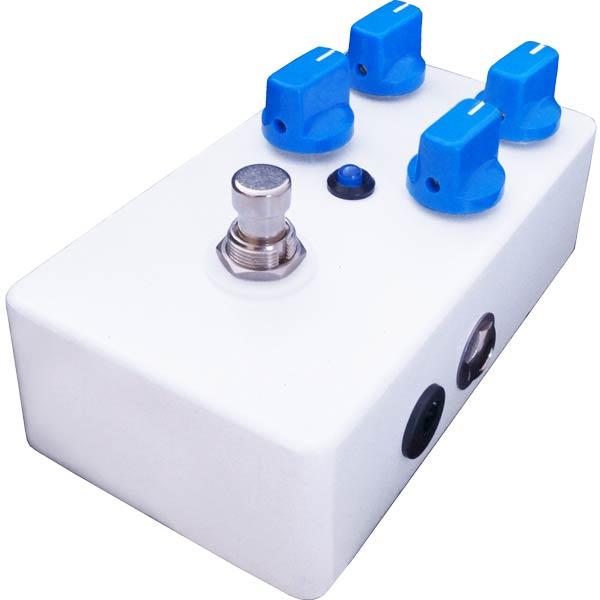
3 – COMPRESSION EFFECT PEDALS
This kind of pedals reduces the signal dynamics (the difference between the louder and quieter volume) to get a more homogeneous signal: the pedal automatically biases its gain so it is higher the lower the signal is. This also allows a longer note sustain, as the compressor will output a lower sound as the note fades. Compressors are usually placed near the beginning of the chain so the signal is as stable as possible before being processed by the remaining pedals.
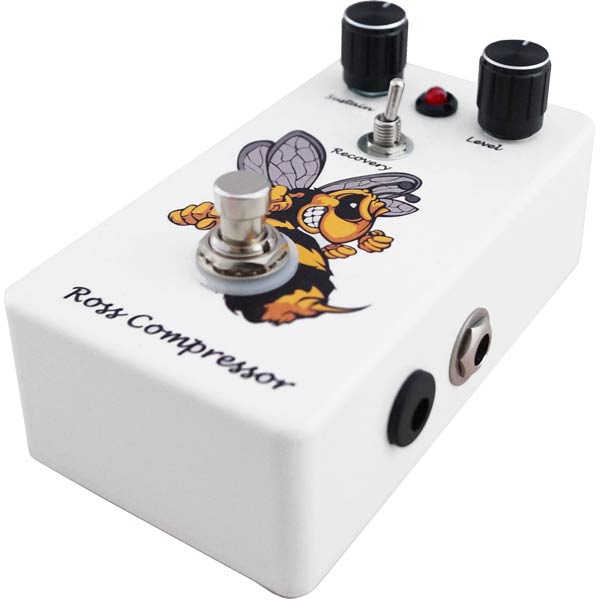
4 – DISTORTION, FUZZ AND OVERDRIVE EFFECT PEDALS
These effect pedals are used to shape the signal and they’re placed towards the middle of the chain, even if sometimes they can be found after some modulation effect pedals like the chorus. Anyway, distortion, overdrive and fuzz effect pedals should always be placed before delays and other time related effect pedals. Otherwise, each delay echo would be distorted and the tone would get dirty and undefined. If you want to use a booster or are using the overdrive to get more volume without distorting, you can place it near the beginning of the chain: the signal won’t be modified and will be louder. But remember: these are just general tips. You should experiment and find the setting that suits your playing!
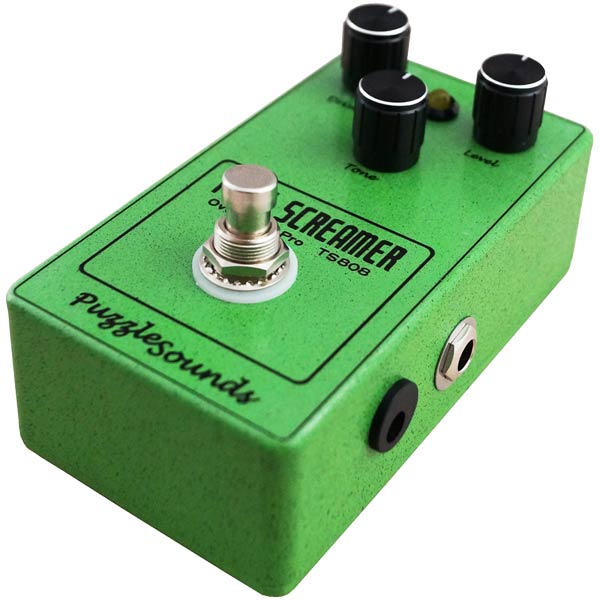
5 – EQUALIZER EFFECT PEDALS
Equalizer effect pedals work great over a distorted signal and allow you to shape it using treble, middle and bass controls to get the tone you like. The equalizer is typically placed after the gain effect pedal group, but they can also be placed just in front of it. Another option is to use two equalizer effect pedals and place one before and one after. The tone you’ll get from these two positions is slightly different, as placing it before the distortion will modify the clean signal before applying the gain, and placing it after will shape the signal once it’s been distorted. Once again, try and find which option is better for you! With equalizers you can also get some boost, so be cautious to avoid any clipping in the following modulation effect pedals.
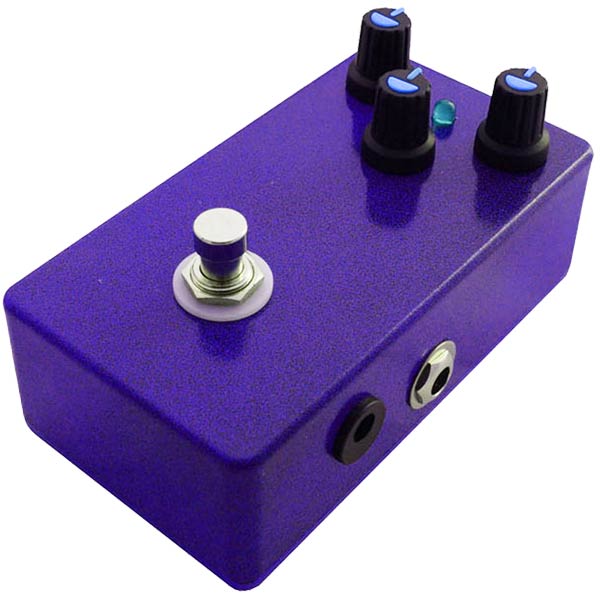
5 – MODULATION EFFECT PEDALS
- PITCH SHIFT EFFECT PEDALS: Here you’ll find vibrato, pitch shift, octave and whammy effect pedals. They allow to raise or lower the frequency, and work better with compressed signals. Besides, gain effect pedals tend to work worse when they’re fed more frequencies so all shift effect pedals should be placed after the gain effect pedal group.
- CHORUS, PHASER AND FLANGER EFFECT PEDALS:
These pedals bring some color to the sound by doing different frequency modification. The tone gets fatter and richer, and they’re usually placed after distortions.
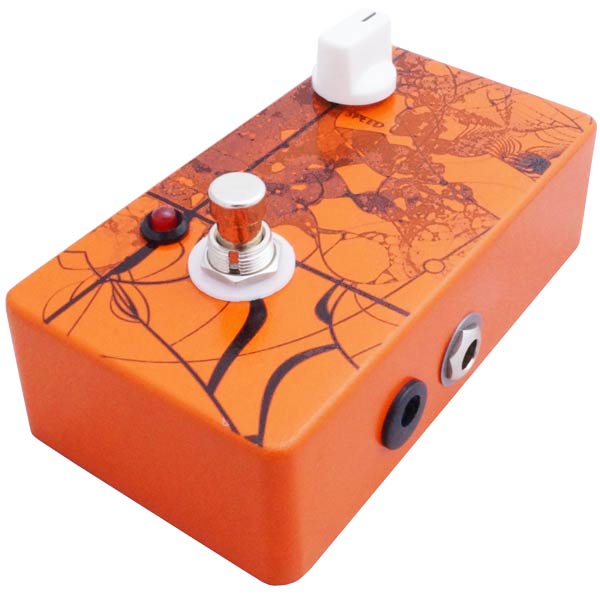
5 – VOLUME EFFECT PEDALS
Volume effect pedals are placed towards the end of the effect pedal chain, after doing all the modifications to the signal, so they act over the end signal. Here you will include volume pedals, limiters, noise gates and tremolo pedals.
6 – TIME RELATED EFFECT PEDALS
- DELAY EFFECT PEDALS: These effect pedals generate delayed echoes of the input signal, and are placed almost in the end of the chain so it acts over the fully modified signal. If placed at the beginning, each echo will be processed by each pedal of the chain and the sound will get muddy and dirty.
- REVERB EFFECT PEDALS: The reverb is used to emulate the multiple reflections the sound would have in a natural environment, so it should be the last effect pedal of the chain, just before the amp.
- LOOP EFFECT PEDALS: If you use pedals to record multiple loops, they should be placed just in front of the reverb to emulate the response of a natural environment.
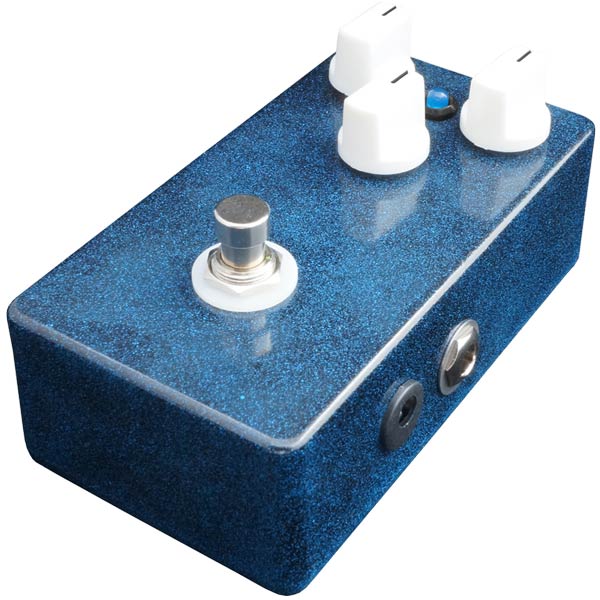
In this diagram you can find the order most guitar players use with their effect pedals. The basic tip is to respect the effect pedal group order in the chain, but the order within each group can be modified to suit your style.
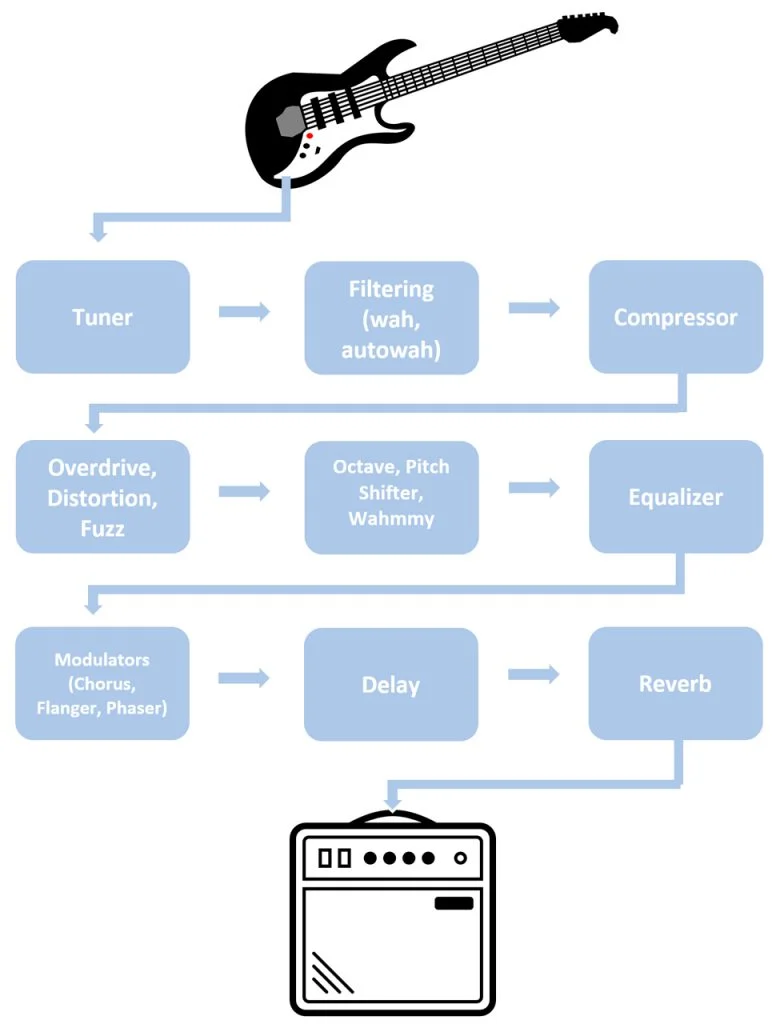
We hope this post gave you some insights and ideas to try! Until the next post, stay musical!

